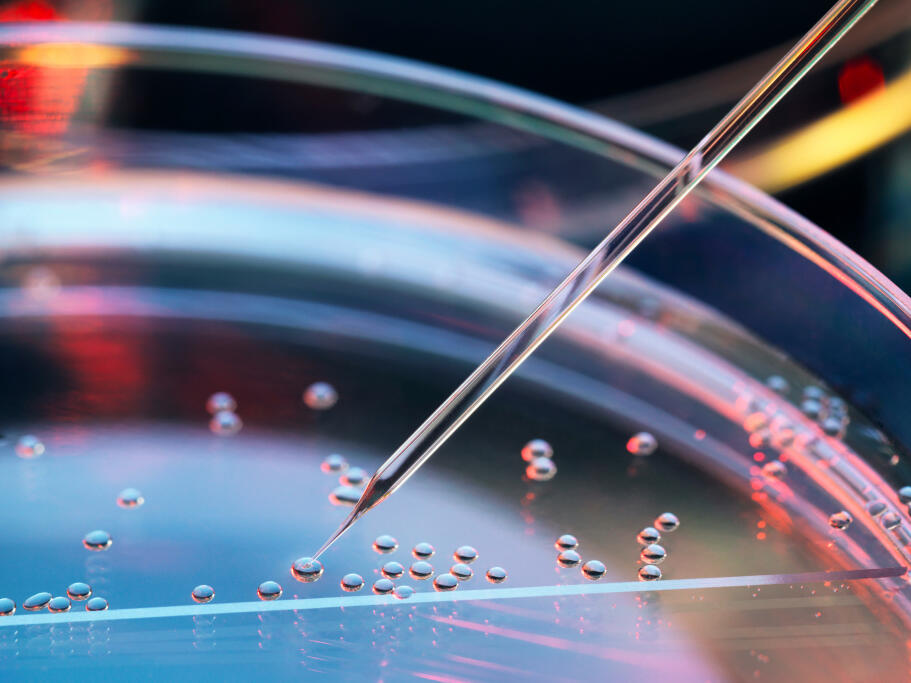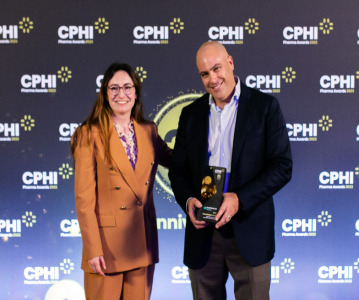Novel method for organoid production and storage to accelerate drug development research

Researchers develop method to produce organoid materials for disease and drug development research.
A team of researchers at Cincinnati Children’s, a hospital and medical centre, have developed a method to consistently make and freeze material required for lab-grown organoids to help accelerate drug development research.
Organoids consist of individualized collections of cells derived from stem cells that resemble a patient’s own tissues. As a result, organoids can be utilized to replicate complex organ tissues and systems as a research tool for therapeutic and drug development. However, bottlenecks continue to persist in development of organoids for such research purposes. For example, one batch of starting material may yield a large quantity of organ precursor cells while another batch of starting material may yield little to none. Such inconsistencies can lead to pipeline delays for preclinical trials during drug development.
The research team at Cincinnati Children’s thus developed a method to overcome such inconsistencies in early-stage organoid formation. In a typical setting, organoid production begins with the collection of skin or blood cells, which are then converted to iPSCs utilized to grow a layer of precursor cells. Ideally, these early-stage organoids spontaneously form 3D balls of cells that are then collected and transferred to a growth medium that provides necessary conditions to grow a specific organ cell type. The novel method developed by the researchers instead places the unused precursor cells in a centrifuge which drive the cells into wells, prompting the formation of 3D cell aggregates. These are then collected and utilized for organoid production. Spheroids created with this method were demonstrated to have no significant difference than those grown spontaneously. Precursor cells were also placed into freezers for storage. Once thawed, the precursor cells continued to form viable spheroids. This method has made possible the mass production of organoids with increased consistency.
Amy Pitstick, manager of the Pluripotent Stem Cell Facility at Cincinnati Children’s, commented:
“This method can make organoids a more accessible tool…We show that the aggregation approach consistently produces high yields and we have proven that precursor cells can be thawed from cryogenic storage to produce organoids of the small intestine.”
Michael Helmrath, Director of Clinical Translation for the Center for Stem Cell & Organoid Medicine, added:
“This is a great step forward for the field on many fronts… To be able to reduce the complexity of the process and provide higher yields is beneficial to our work and to be able to translate the methods to other labs will help move regenerative medicine forward.”
Related News
-
News Pharmapack Awards 2024 Patient-Centric Design Award Winner – Dr Ferrer BioPharma
The 2024 Pharmapack Awards celebrated the best in innovation and design for the pharmaceutical packaging and drug delivery industry on January 24, 2024. -
News Pharmapack 2024 - From the Floor
Paris once again welcomes Europe’s leading trade show in pharmaceutical packaging and drug delivery innovation. Join our content team as Pharmapack 2024 opens its doors to leading experts and innovators in pharmaceutical packaging and drug delive... -
News On Track at Pharmapack 2024 - The Track Sponsor interview: BD Pharmaceuticals
January 2024 brings both a new year and Europe’s leading packaging and drug delivery event. Bringing the world’s experts in pharmaceutical packaging together in Paris, France, Pharmapack 2024 brings exciting opportunities to learn and colla... -
News CPHI Pharma Awards 2023 – API Development and Innovation Winners: Snapdragon Chemistry, a Cambrex Company
After another year of impressive nominations for the CPHI Pharma Awards our winners were announced at CPHI Barcelona in October. In this series of interviews, we speak to the teams behind the award-winning projects, concepts, and technologies. -
News PharmaKure gains authorisation for next stage testing on Alzheimer's treatment
Clinical stage pharmaceutical company PharmaKure gains permission from UK authorities to enter into further testing for PK051 for the treatment of patients with mild cognitive impairment associated with Alzheimer's disease. -
News New Novo Nordisk AI hub for drug discovery to open in London, UK
Danish pharmaceutical giant Novo Nordisk will be opening an AI-based research facility in the heart of London to advance drug discovery operations. -
News Navigating the Future: Challenges and Opportunities in Pharma Innovation and Investment – CPHI Barcelona 2023 Roundtable Report
In this comprehensive downloadable report, hear from a range of experts in finance and investment in the pharma industry on what investment trends will be shaping the future of the industry, in Catalonia, and the wider world. -
News BioNTech to begin mRNA vaccine manufacturing in Rwanda by 2025
German biotechnology company BioNTech has stated their intentions to begin production at their mRNA vaccine factory in Rwanda by 2025, which will mark the first foreign mRNA vaccine manufacturing site on the continent of Africa.
Position your company at the heart of the global Pharma industry with a CPHI Online membership
-
Your products and solutions visible to thousands of visitors within the largest Pharma marketplace
-
Generate high-quality, engaged leads for your business, all year round
-
Promote your business as the industry’s thought-leader by hosting your reports, brochures and videos within your profile
-
Your company’s profile boosted at all participating CPHI events
-
An easy-to-use platform with a detailed dashboard showing your leads and performance


.png)




